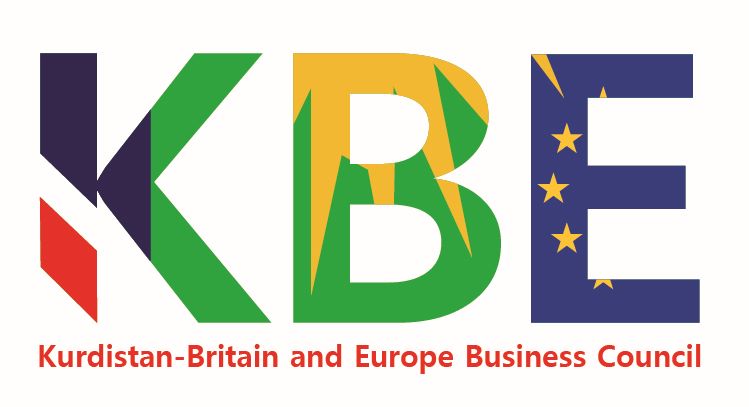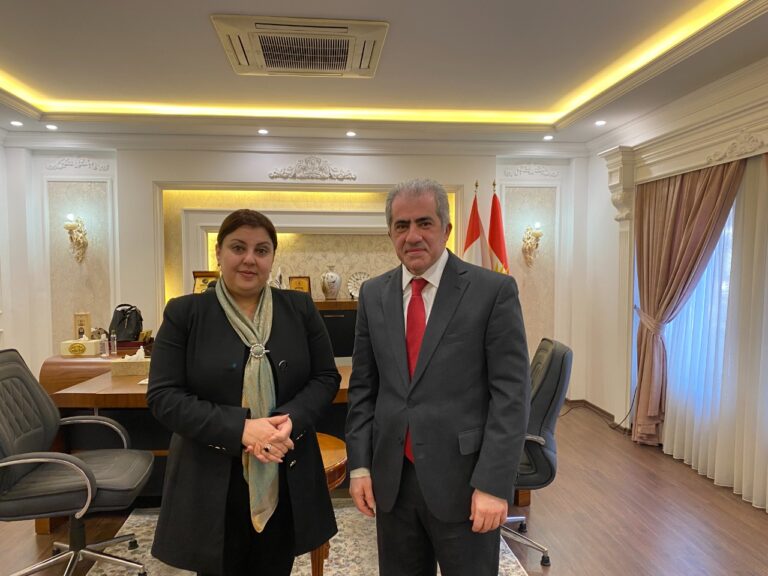Productive discussion about the importance of the agriculture sector in KRI and the obstacles facing the process of import and export. Opportunities to increase trade with UK and Europe.
Agriculture Sector in Kurdistan Region.
The agriculture sector in the Kurdistan Region has seen considerable change in recent years, and therefore has the potential to play a prominent role in supporting the growth of the local economy. As such, the KRG has prioritized the development of its agriculture industry to encourage greater foreign investment. The KRG’s Ministry of Planning (MOP) and UNDP joint report noted that the Kurdistan Region boasts a combined 1.5 million hectares of irrigated lands, a diversified population of livestock, and strong environmental and natural conditions that have allowed for the development of a variety of agricultural products. Despite the fact that the agriculture sector comprises only 10% of Kurdistan’s economy, there are strong indicators that the industry will play a prominent role in shaping the future of the Region.
In short, the geographical location of Kurdistan is suitable for agriculture due to several factors, such as its weather, fertile land about 1,650,000 hectares (about 6.6 million donums), high level of precipitation compared to the center and south of Iraq, having access to big water sources such as Khabor river, Sirwan river, and Awa Spi river. These rivers supply 29.77 billion m3 of water annually (on average), in addition to 3662 springs and 68 soil dams which have capacity of storing 14 million m3 of water
The agricultural production is the main source of many of the families living in the rural areas and produce crops in the forefront, especially the production of wheat, barley and rice as well as sunflower and legumes such as chickpeas and lentils in addition to livestock breeding, such as cattle, sheep and goats, as well as poultry.


